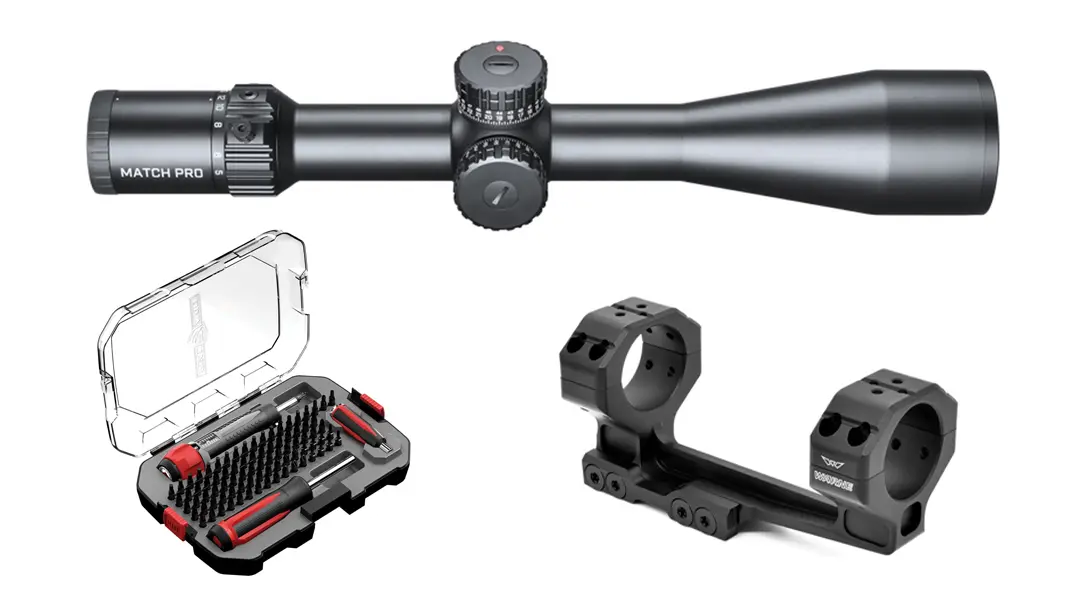Now that you’ve decided to tackle the challenges that naturally accompany long-range shooting, it’s time to build your kit. While there are many items to consider when creating your go-to setup (such as gun, ammunition, bipod, and more), here we will focus on glass. Choosing a riflescope to mount on your rifle isn’t as simple as grabbing the cheapest one available that boasts numerous “superior capabilities” as opposed to its competitors.
HOW TO: Choosing a Long-Range Riflescope
A bullet’s flight is affected greatly by many factors once you let your rifle stretch its legs and reach out in distance. Wind, elevation, humidity, temperature, barometric pressure, and more are among a few of the environmental factors that can throw you off target. Depending on how far out you plan on shooting, you may also need to consider gyroscopic drift and the Coriolis effect of the Earth itself.
Other than environmental input, the ammunition you’re using has a whole list of characteristics that play a great impact regarding its efficiency at longer distances. A few of these factors that you’ll want to pay attention to include caliber, bullet weight, bullet type, ballistic coefficient, and more. You may find yourself asking what environmental factors and ballistic characteristics have to do with the optic you select. Each round that leaves your gun follows a specific trajectory affected greatly by wind and bullet drop.
Advertisement — Continue Reading Below
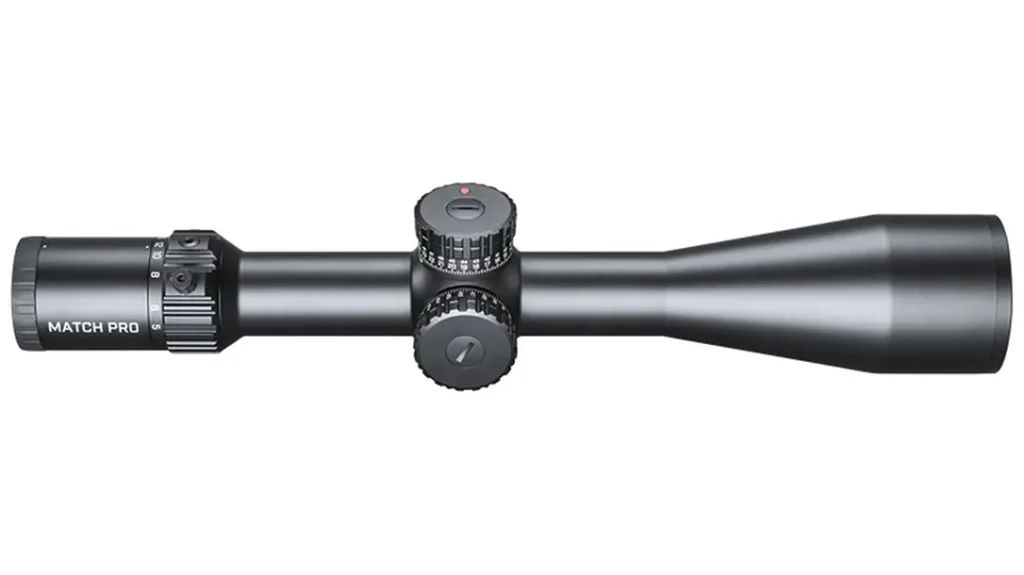
Long-Range Optic Needs
When choosing a scope, you must allow for ample adjustments in elevation and windage, to avoid being left guessing how much to hold to get those rounds to impact where you intend. That is but one of many examples linking scope capabilities to rounds sent downrange. Now, onto the glass itself. Magnification range, reticle type, tube diameter, and more all play an important factor in choosing a riflescope that best fits you and your new hobby. Read on as we discuss what to look out for, what to stay away from, and optional factors to consider.
Long-range shooting demands scopes with higher magnification capabilities. Typically, magnification ranges from 10x to 25x are preferred, depending on the distance you intend to shoot, with some magnification ranges topping out at 32x or higher. One important thing to remember is extreme magnification comes at the cost of field of view and light transmission, as well as the ability to acquire your targets quickly. While not a cure to this predicament, search for manufacturers that utilize high-end quality glass for their lenses. You can do more with clearer glass and a lower magnification range than you can with sky-high magnification and sub-par components.
Advertisement — Continue Reading Below
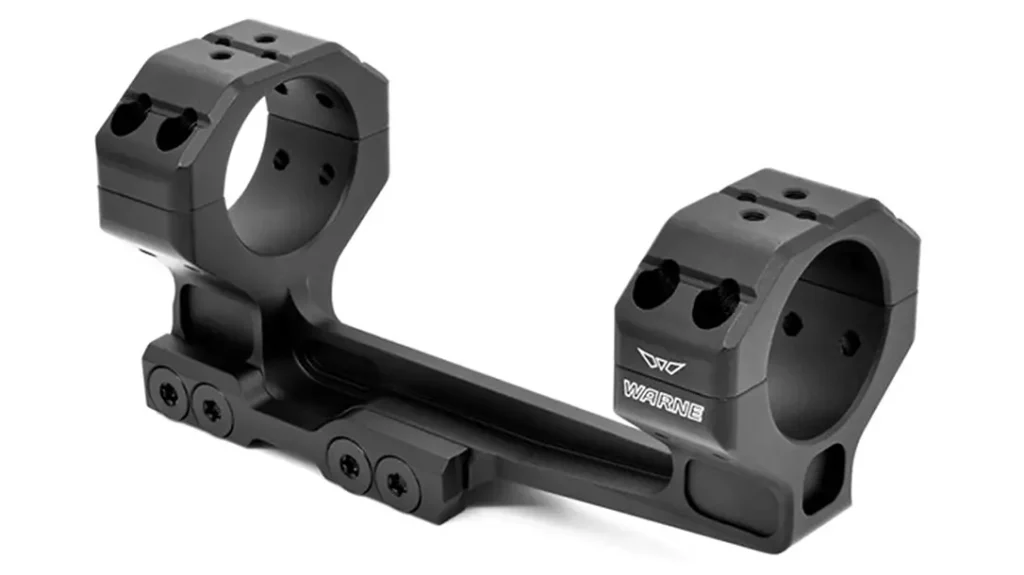
Object Lens Diameters
The diameter of the objective lens determines how much light enters the scope, affecting brightness and clarity. For long-range shooting, a larger objective lens (around 50mm or more) is beneficial as it allows for better light transmission, especially in low-light conditions. However, larger objective lenses also mean heavier scopes, so balance your need for light with the weight you are comfortable carrying. Of course, if you are shooting from a bench and not toting your rifle and gear through the woods then weight may not even be a deciding factor.
Tube size plays a very important role when it comes to exactly how much adjustment you have in your scope, thus affecting how far out you will effectively be able to shoot. Due to the internal nature of the optic’s construction, larger tube diameters of 30mm and 34mm are ideal, providing ample room to allow for full adjustment ranges of both turrets. Speaking of turrets, you’ll want to look for scopes with exposed “tactical turrets” that allow for easy adjustment. If you’re engaging in ELR hunting, you may prefer the opposite to avoid turrets accidentally being rotated during a hike into the woods.
Advertisement — Continue Reading Below
Windage & Elevation Adjustments
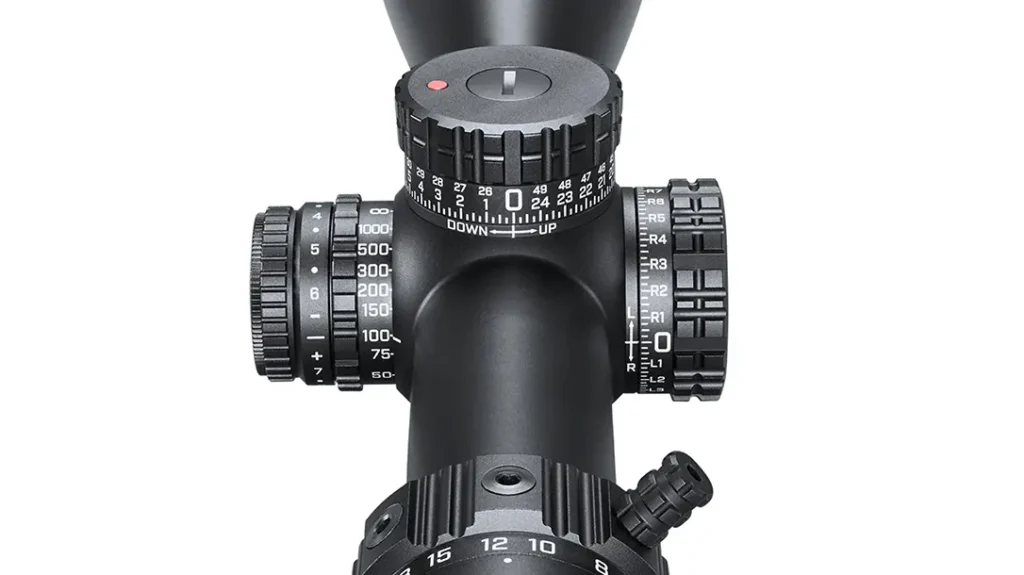
When adjusting for windage and elevation, clicks should be crisp and not feel spongy. When it comes to MIL-vs-MOA, there’s no right or wrong, despite the many keyboard commandos online stating otherwise. What you may find are scopes that offer something other than the standard ¼-inch MOA or .1 MIL per click. A common variant found, for example, is a scope marked as 1/8 MOA per click. These fine measurements allow for even more precise adjustments.
Riflescopes are offered in either the first or second focal plane. With first focal plane scopes, the reticle will appear to change in size as the magnification is adjusted, while remaining proportionate to the target. Reticles in the second focal plane will remain the same size, regardless of whether or not you are dialing up or backing off the magnification. For more precise shooting applications, you’re going to want to stick with reticles in the second focal plane to avoid masking your target when zooming in nice and close.
Advertisement — Continue Reading Below
Reticle Systems
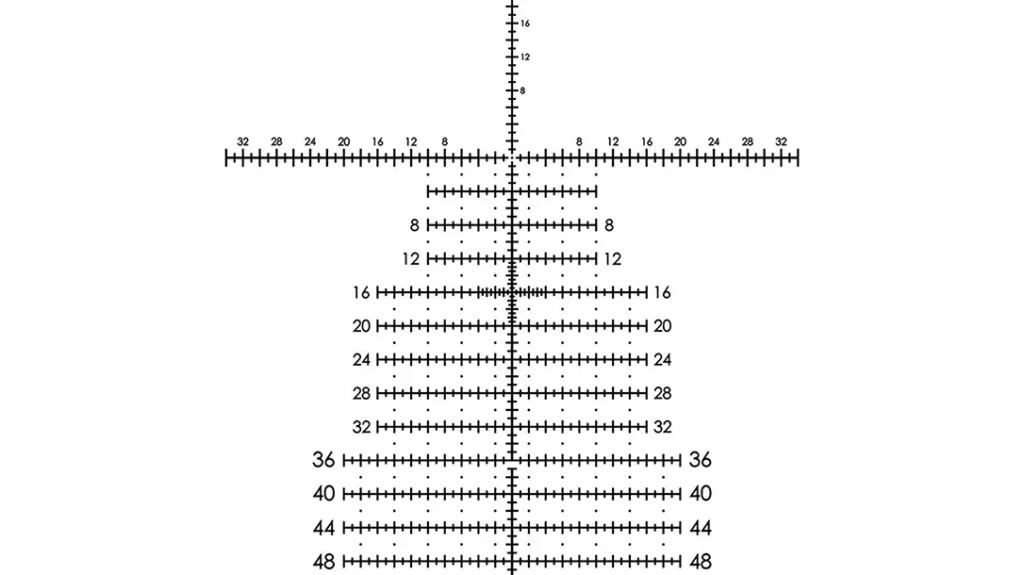
Regardless of whether you choose a reticle in MOA or MIL, ensure the reticle has plenty of holdovers for both windage and elevation, allowing you to precisely measure your hits, or even corrections needed to get a miss back on target. While tempting, you’ll want to avoid BDC reticles as they are created for a specific round. Once you begin to stray from what round that BDC was based on, suddenly that 400-yard hash mark doesn’t exactly match up and may very well become 370 or 425. Fully understanding how to read your reticle and the measurements that lie within it is essential for repeatable and reliable long-range accuracy. Illuminated reticles may be offered in options you have your eye on, often sought after by hunters for low-light scenarios but beneficial to anyone dealing with less-than-ideal lighting conditions.
Once you’ve decided on the perfect riflescope, now it is time to mount it to your rifle. With all the hard work and research you put into choosing your new optic, ensure it wasn’t all a waste by doing a rush mount job. When choosing your mount, regardless of whether it is a one-piece mount or individual rings, be sure that every screw is secured with a dab of blue Loctite to ensure everything stays rock solid through the firing process. Screws should be torqued down to the proper foot-pound rating as listed in your owner’s manual. Mounting solutions are available with additional cant built in to allow for even further shooting distances.
Advertisement — Continue Reading Below
Choosing a Long-Range Riflescope & Getting Dialed In
Pay close attention to the objective lens and make sure it makes no contact with the rifle itself. Should the objective end not clear the gun, you may need to use a higher mount or set of rings. Once mounted, determine if can obtain a proper cheek weld, or if you’ll need an adjustable cheek riser or other after-market solution. Once properly installed, you should aim to have a 3.5-inch minimum eye relief to avoid getting bit by the scope upon firing.
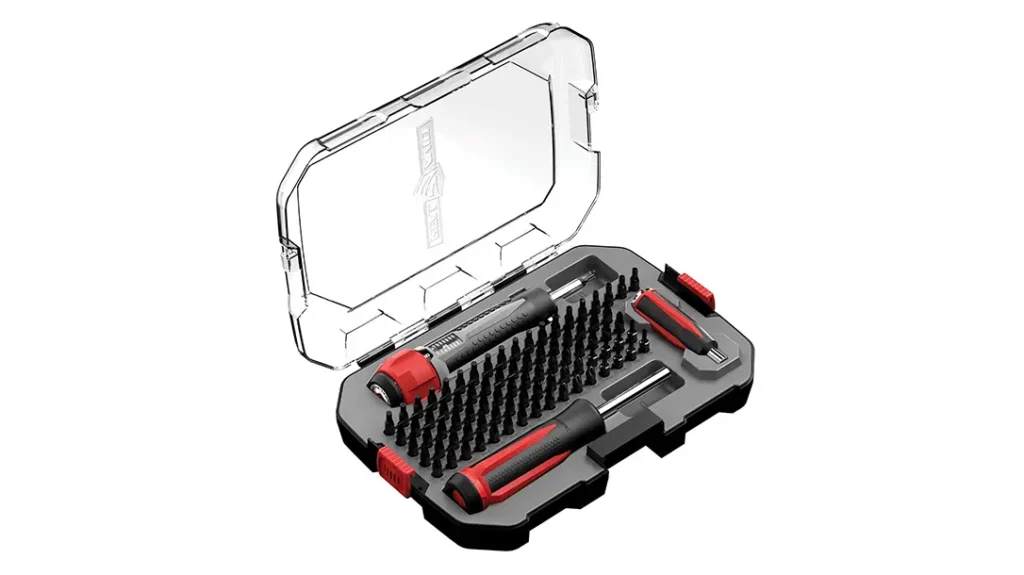
While we highlighted some of the most common and important things to look for in your search for a new long-range optic, the list could go on and on. By carefully evaluating these factors and understanding your specific shooting needs, you can choose an optic that enhances your shooting capabilities. Remember, the right scope should complement your rifle and shooting style, ultimately improving your accuracy and enjoyment of the sport.
Advertisement — Continue Reading Below
Find a place to shoot at NSSF.org.
